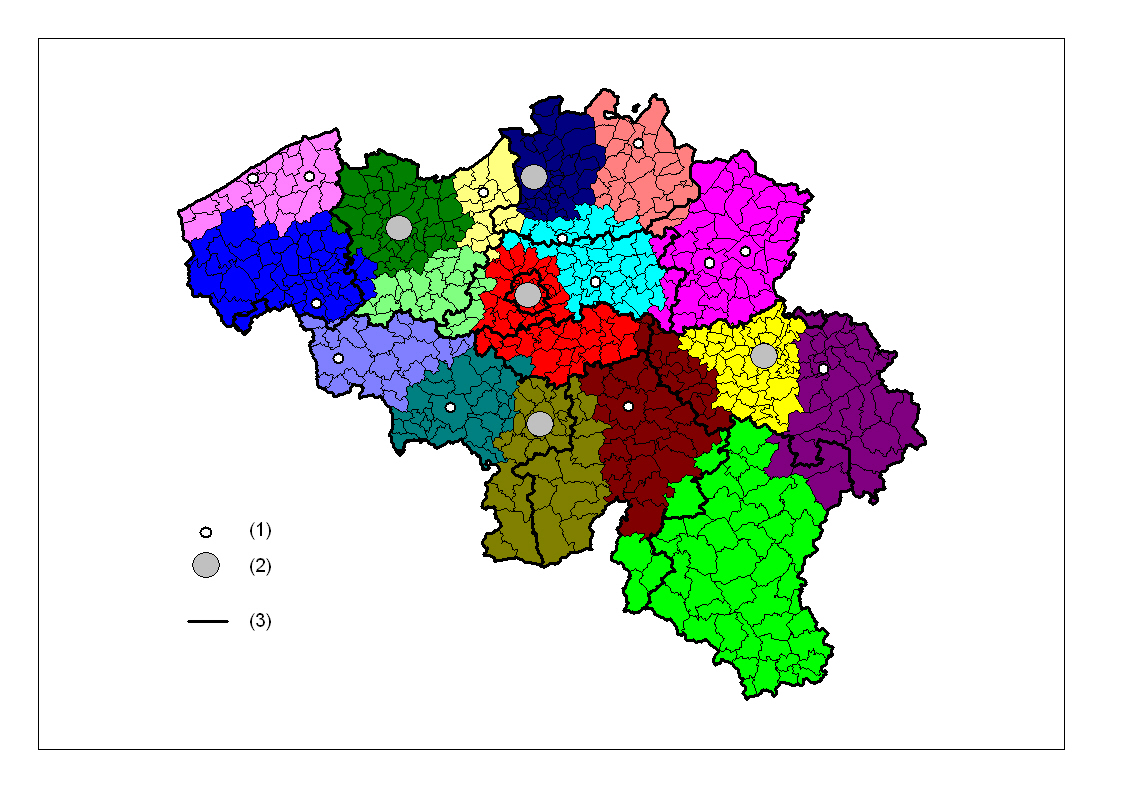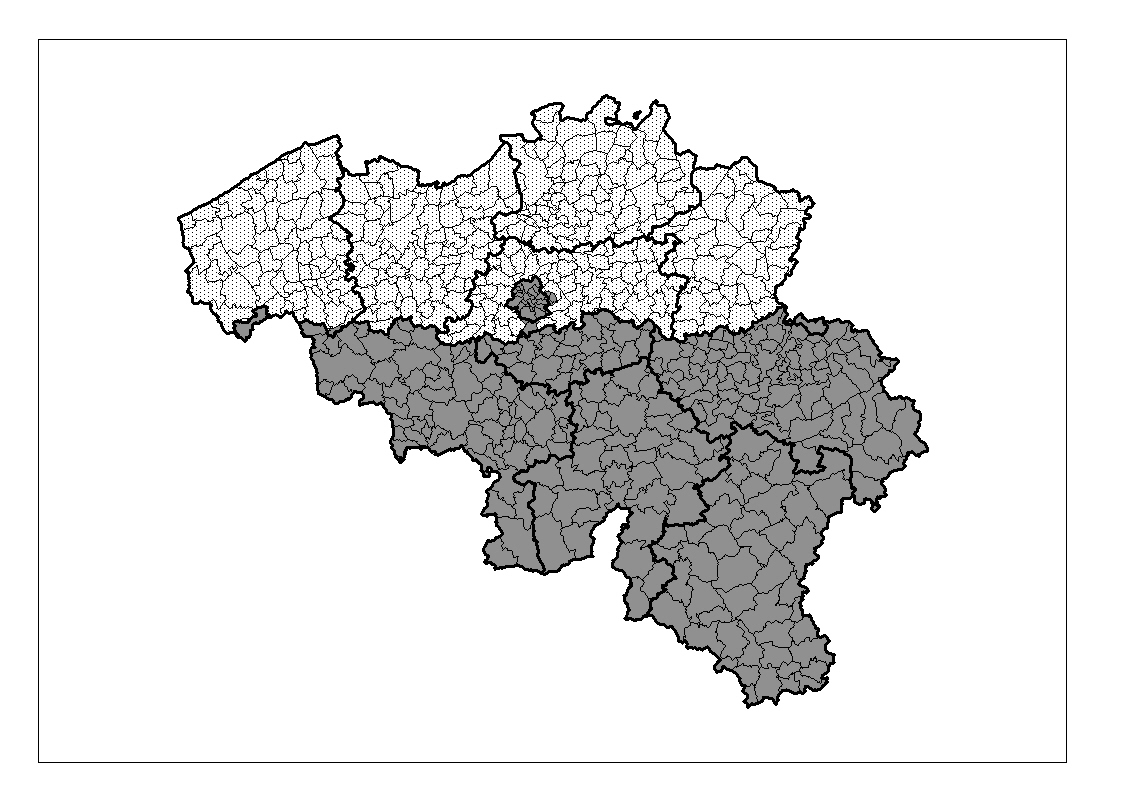05:00
Regime Shifts Database
Outline
- 10-15min Discussion
- Why a regime shifts database? [20min]
- Templates [15min]
- Break [15min]
- Assignment [15min]
- CLDs pro tips [10min]
- Questions
Discuss
What is the purpose of the regime shifts database? Why having one?
What type of research questions can you answer with the regime shifts database? Examples?
What are the limitation of the regime shifts database? How would you improve it?
Forest to savanna
Regime shifts are large, abrupt and persistence critical transitions in the function and structure of (eco)systems
Coral transitions
Regime shifts are large, abrupt and persistence critical transitions in the function and structure of (eco)systems
Purpose
- To provide a high quality synthesis of different types of regime shifts in SES
- To facilitate comparison
- Focus: regime shifts that have large impacts on ecosystem services i.e. matter to people
- Target audience: Scientist, assessment processes, lecturers, students, practitioners, policy-makers
Critical research gaps
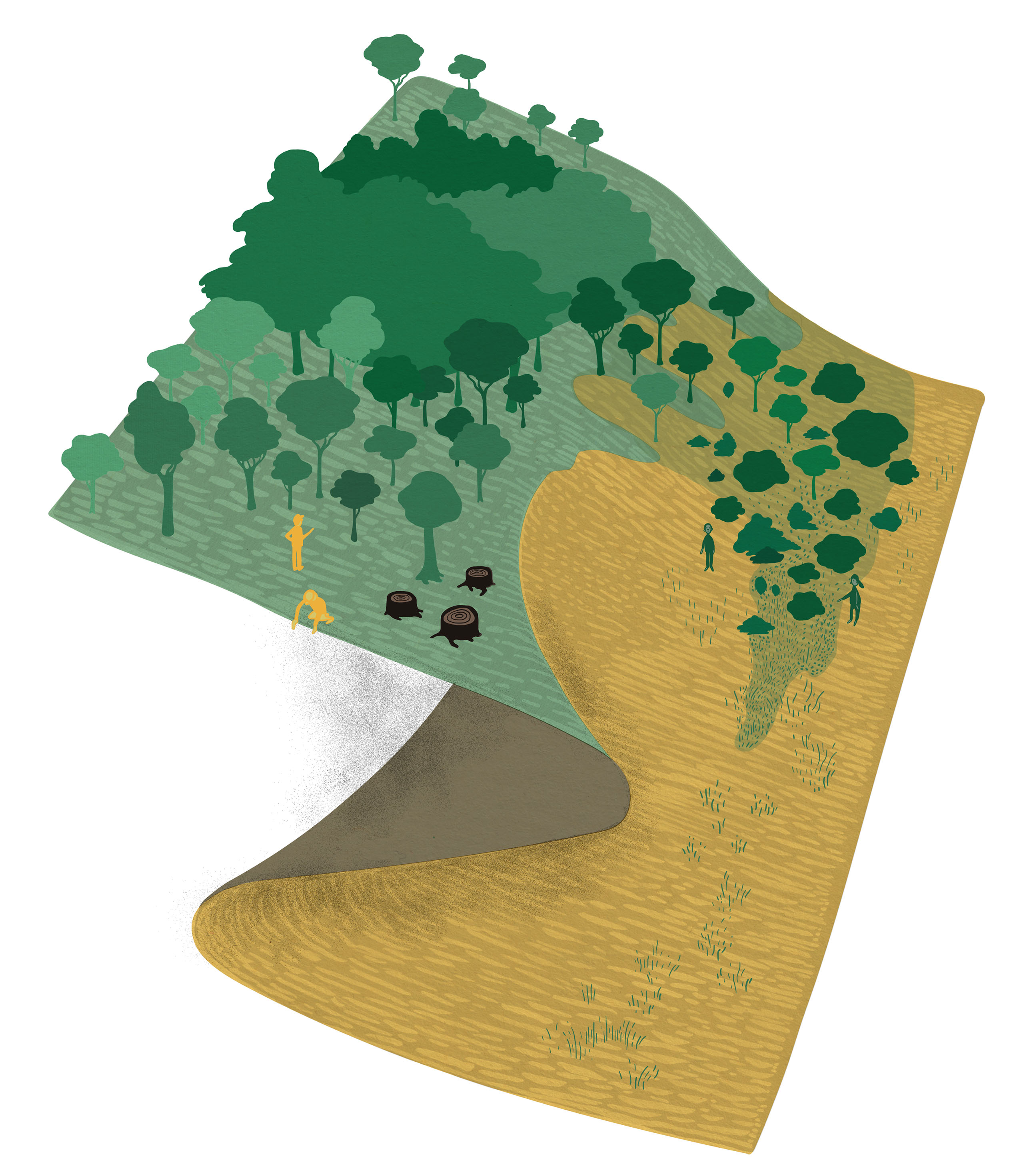
- What different regime shifts can occur in different SES?
- What are the major drivers of regime shifts?
- What are the impacts of regime shifts on ecosystem services and human well-being?
- How can regime shifts be managed?
- How are different regime shifts interconnected?
Human-centered operational definition:
“Large, persistent (and usually abrupt) shifts in the set of ecosystem services produced by a SES” —Oonsie Biggs

Andersen, J. et al. Trends Ecol Evol. (2009).
Abruptness affects the capacity to adapt to changes
Human-centered operational definition:
“Large, persistent (and usually abrupt) shifts in the set of ecosystem services produced by a SES” —Oonsie Biggs
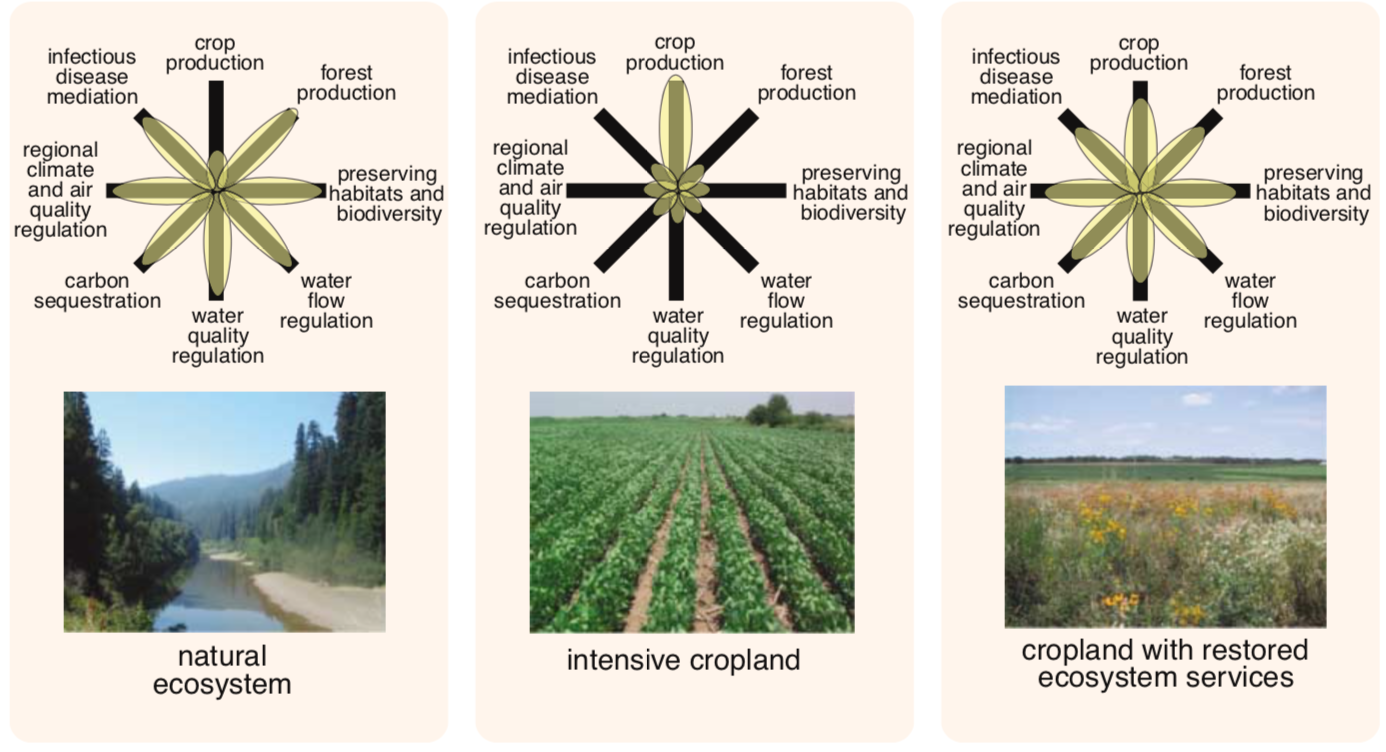
Foley, J et al. Science (2005)
Abruptness affects the capacity to adapt to changes
Criteria for selecting regime shifts
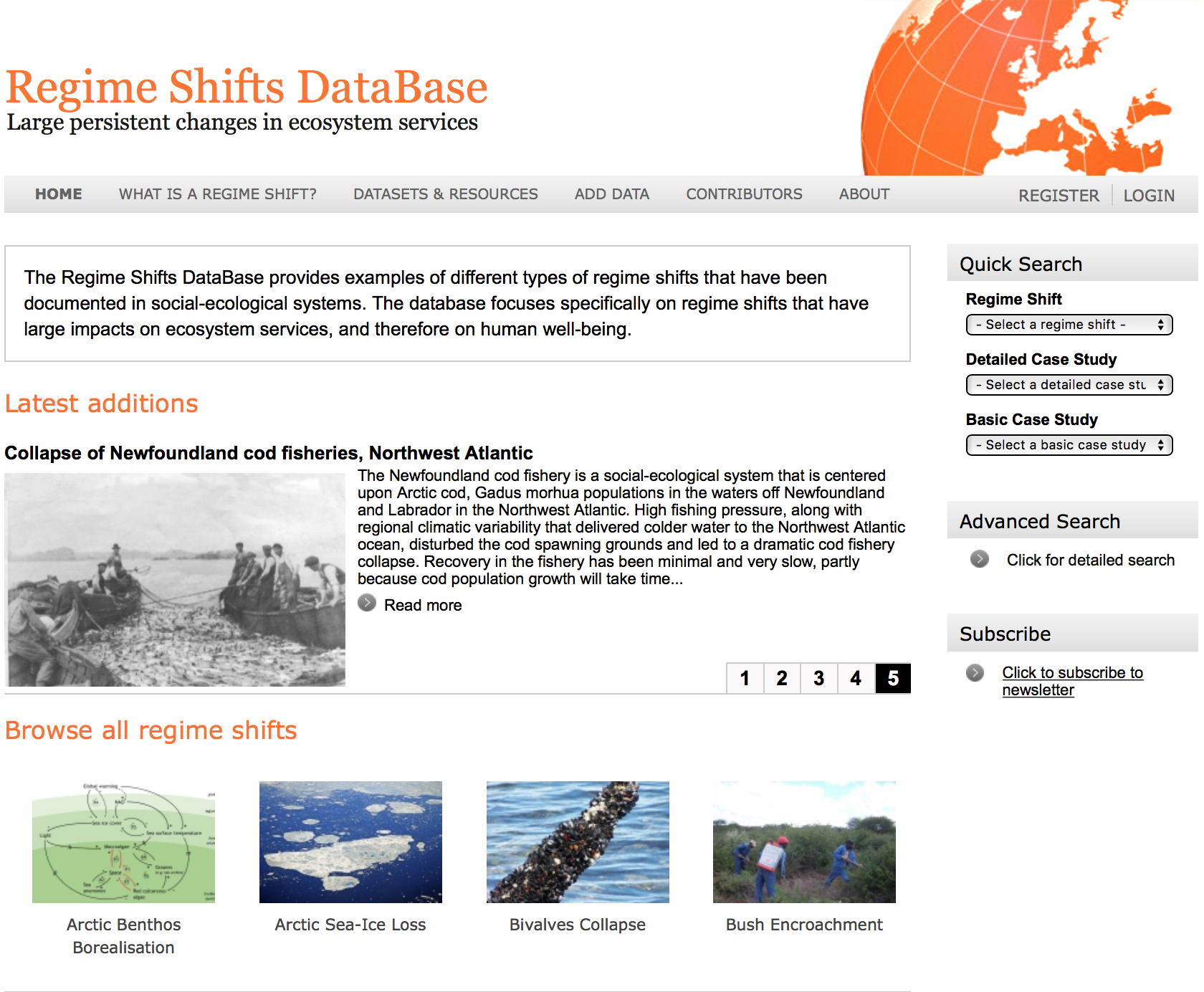
- Evidence of potential impacts on ecosystem services or human well-being
- Evidence of feedbacks mechanisms that reinforce different regimes
- Persists time scale relevant for society, it matters for management
Database Structure
Generic regime shifts:
- Regimes
- Drivers
- Ecosystem
- Mechanism & feedbacks
- Impacts on ES and HWB
- Management options
- 75 categorical variables
- References
Database Structure
Case studies:
- Summary
- Map (coordinates)
- Categorical variables
- References

Regime shift Analysis framework
Step 1: Define the system
Identify a relevant (social-ecological) system
Step 2: Identify different regimes
As reported in the literature

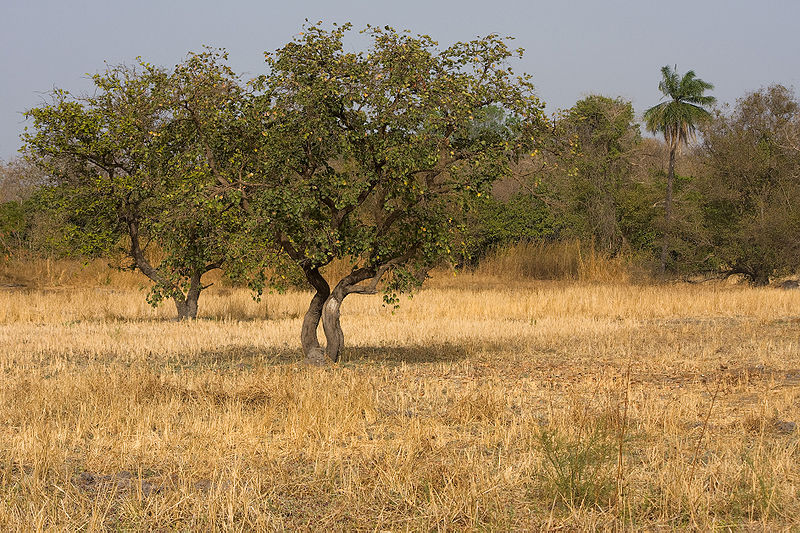
Step 2: Identify different regimes
“
BeatutyThe system boundary is the the eye of the beholder” – Not really…
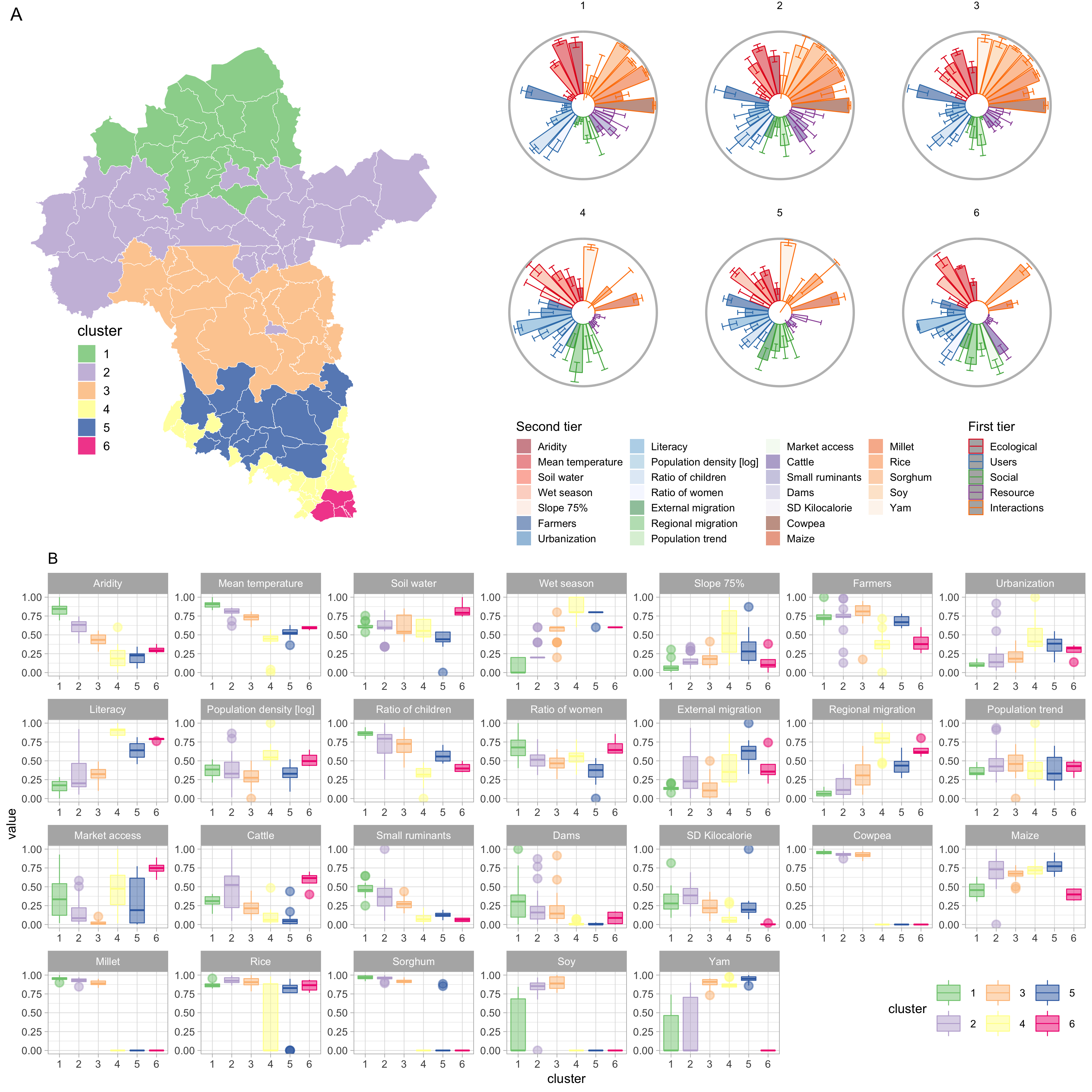
Step 3: Identify key ecosystem services
associated with each regime & stakeholder groups that benefit from them
- Forest
- Carbon sequestration
- Game (hunting)
- Timber
- Species biodiversity
- Conservation & tourism
- Sacred places
- Mining (minerals)
- …
- Savanna
- Carbon sequestration
- Cattle ranching
- Conservation and tourism
- Species biodiversity
- Sacred places
- Crops production
- …
Step 3: Identify key ecosystem services
associated with each regime & stakeholder groups that benefit from them
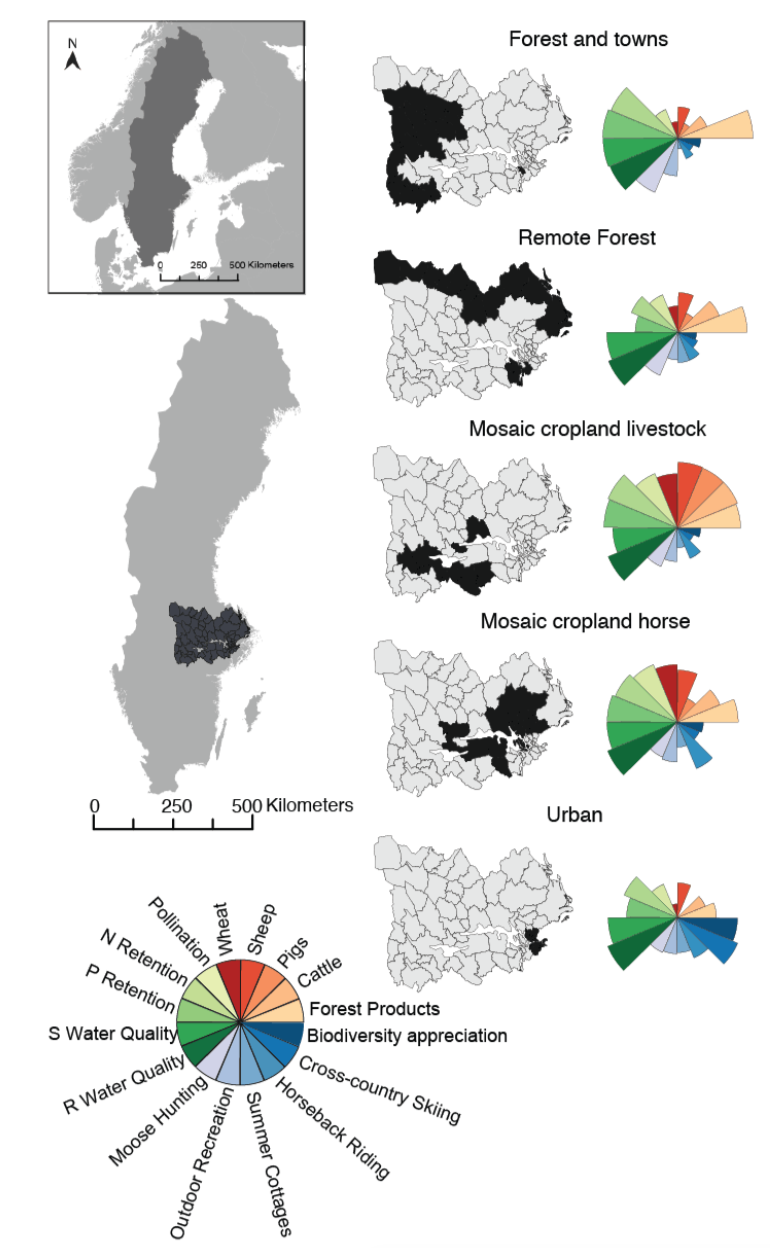
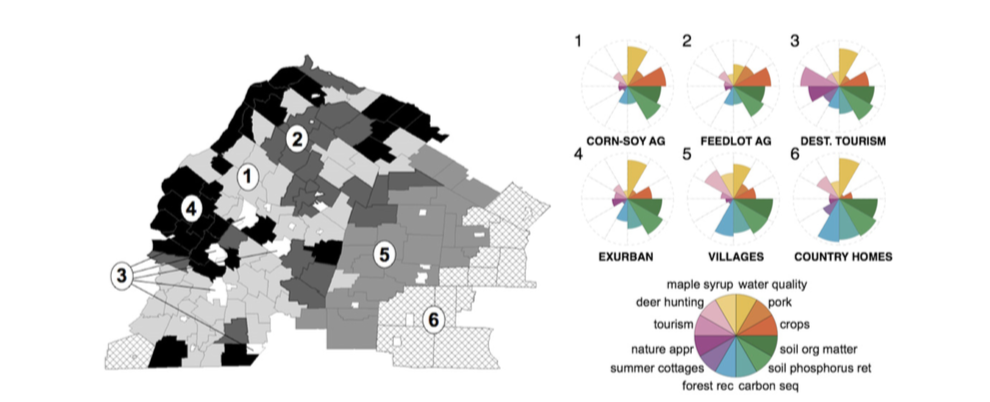
Papers on regime shifts are not necessarily explicit about their impacts on ecosystem services. But you can find papers on ecosystem services that matches your identified regimes or areas of study
Raudsepp-Hearne et al 2010 PNAS
Queiroz et al 2015 Ambio
Meacham et al 2016 Ecol & Soc
Step 4: Identify feedbacks
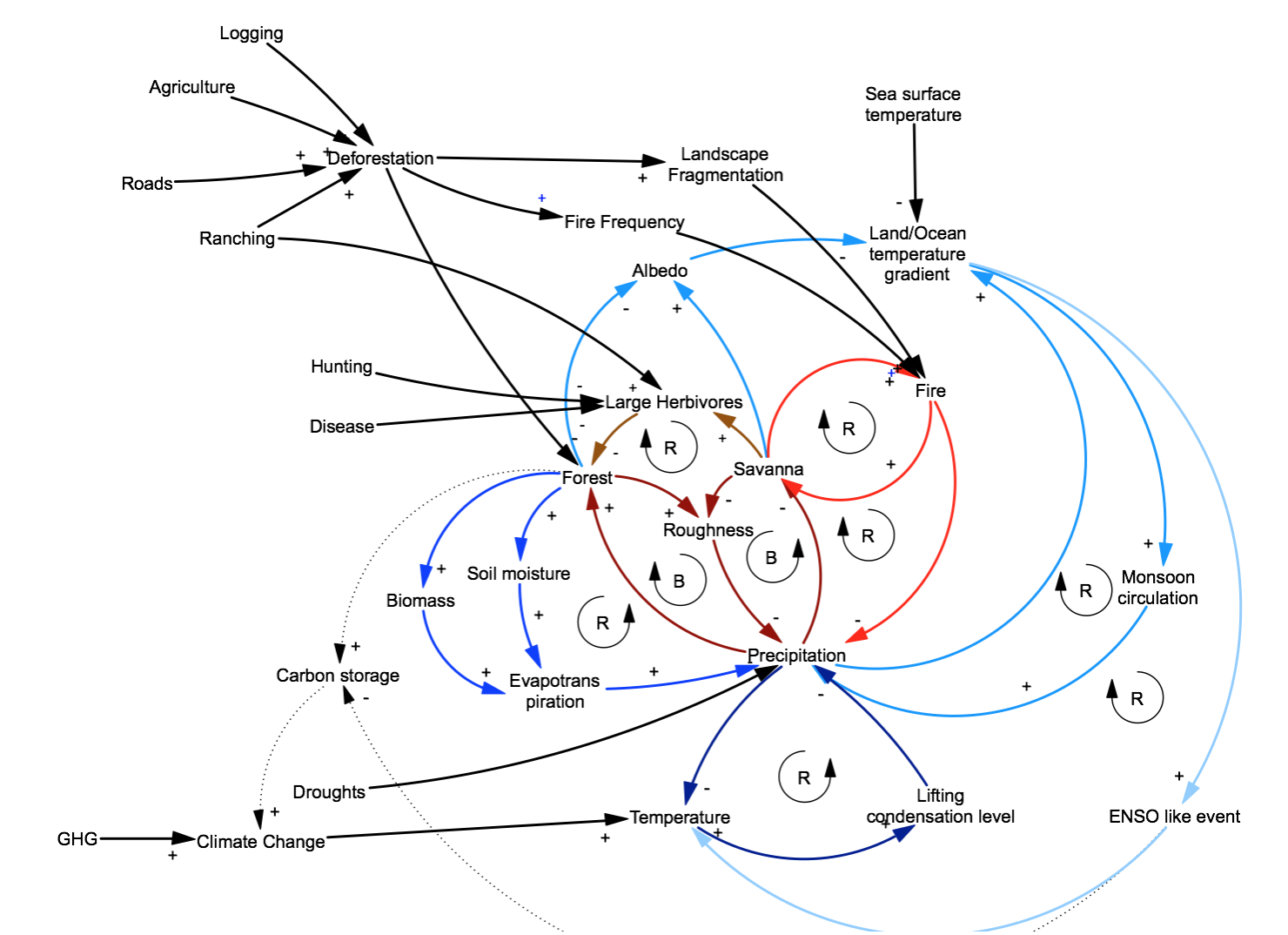
Step 5: Identify drivers
“Any natural or human-induced factor that directly or indirectly causes a change in an ecosystem” – MEA, Nelson 2006
Step 5: Identify drivers
Uruguay 2000 - 2015 

Argentina 2000-2015 

Step 5: Identify drivers
Paraguay 2000 - 2015 

- Spillover effects & Teleconnections:
- Soybean related commodities expansion
- Cattle ranching displacement across countries
- Increase deforestation and land use change somewhere else
- Soybean related commodities expansion
Step 6: Identify management options
- Managing deforestation
- Managing fragmentation
- Managing fire (natural / anthropogenic)
- Managing herbivores
Step 7: Other useful information

- Context:
- Land use
- Ecosystem type
- Evidence:
- Source of evidence (models, experiments, observations)
- Confidence of existence and mechanisms
- Scales:
- Space
- Time
- Reversibility
Basic comparative analysis
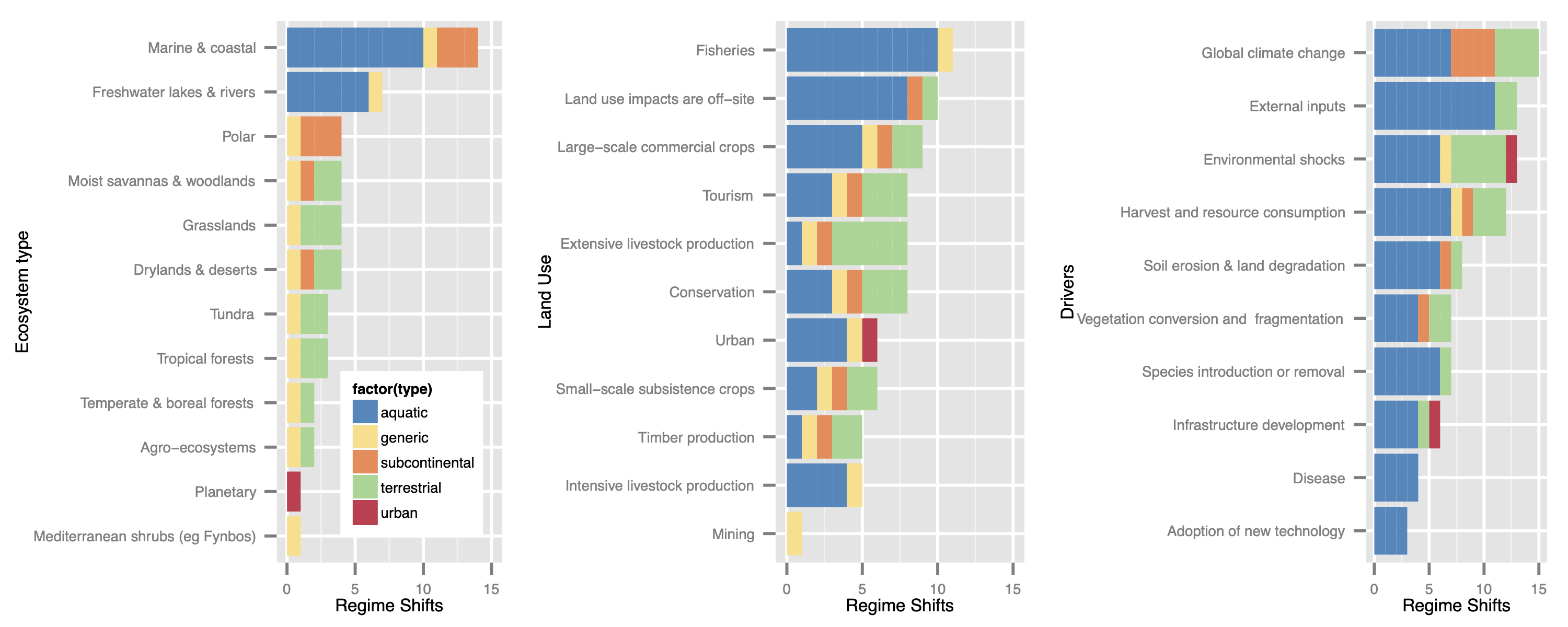
Basic comparative analysis
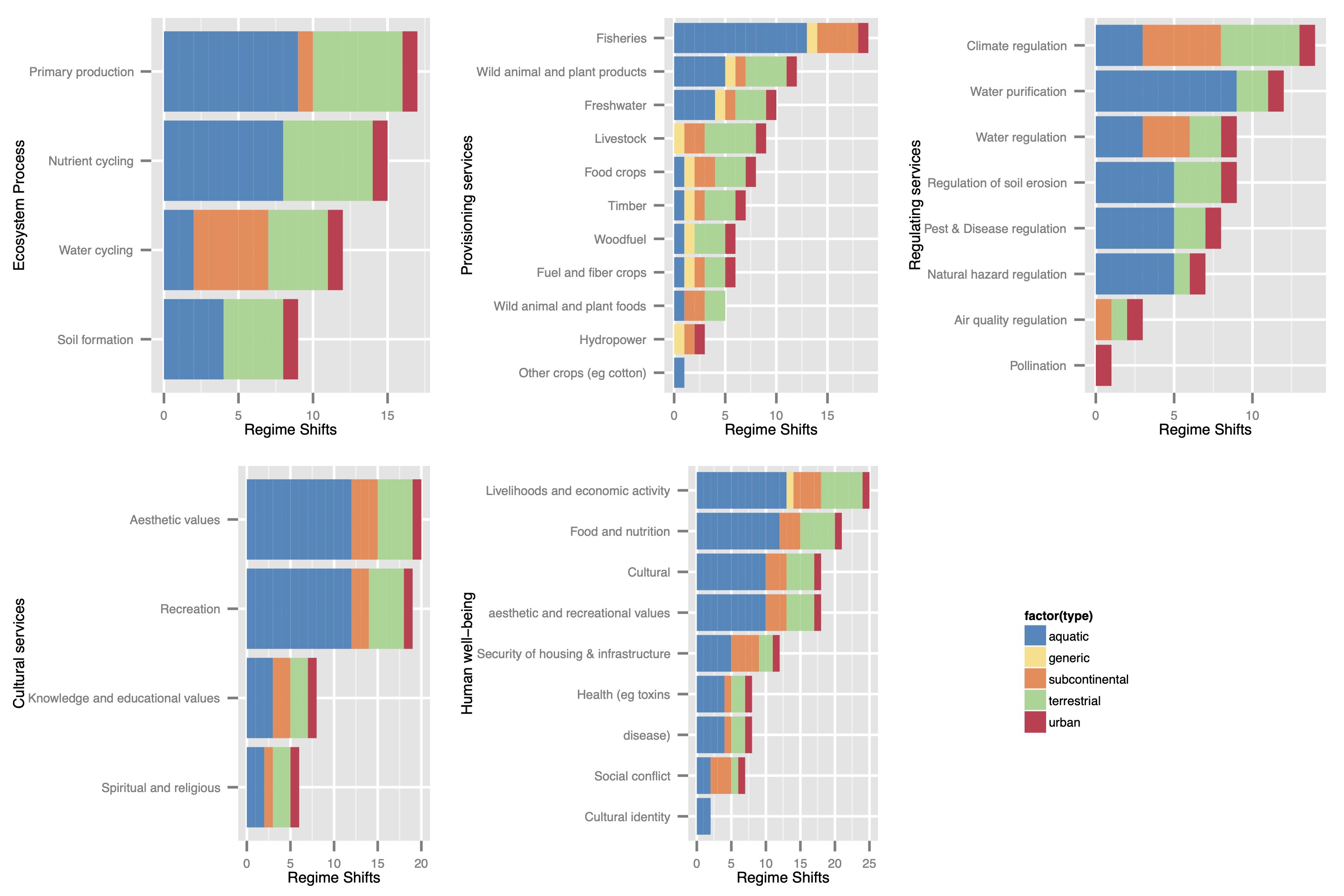
Studies that used RSDB
- 2010
- Rocha, JC.The domino effect: A network analysis of regime shift drivers and causal pathways. MSc thesis. Stockholm Resilience Centre, Stockholm University, Sweden
- 2011
- Sadauskis, R. Building resilience to climate-driven regime shifts. MSc thesis. Stockholm Resilience Centre, Stockholm University, Sweden
- 2012
- Tshimpanga, J.M. A regime shift analysis of poverty traps in sub-Saharan Africa: Identifying key feedbacks and leverage points for change. Masters thesis, Uppsala University, Sweden
- de Boer, F.W. Social-Ecological Traps and Agricultural Involution. BSc Thesis. University College Utrecht, The Netherlands and Stockholm Resilience Centre, Sweden
- Hammond, C. Impacts of Agriculturally-driven Regime Shifts on Ecosystem Services and Human Well-being. Masters thesis, Stockholm Resilience Centre, Stockholm University, Sweden
- Ospina, D. Is cropland-dominance in landscapes an alternate social-ecological regime?: An empirical exploration of patterns in global cropland cover data. Masters thesis, Stockholm Resilience Centre, Stockholm University, Sweden
Studies that used RSDB
- 2015
- Rocha, JC. Regime Shifts in the Anthropocene. PhD thesis in Sustainability Science, Stockholm Resilience Centre, Stockholm University
- Rocha, J., Yletyinen, J., Biggs, R., Blenckner, T. & Peterson, G. Marine regime shifts: drivers and impacts on ecosystems services. Phil. Trans. R. Soc. B 20130273. doi:10.1098/rstb.2013.0273
- Rocha, J. C., Peterson, G. D. & Biggs, R. Regime Shifts in the Anthropocene: Drivers, Risks, and Resilience. PLoS ONE 10, e0134639
- 2016
- Carson and Peterson Eds Arctic Resilience Report. Stockholm Resilience Centre and Stockholm Environmental Institute
- 2018
- Biggs, R et al. The Regime Shifts Database: a framework for analyzing regime shifts in social-ecological systems. Ecology and Society, doi:10.5751/ES-09876-230215 23
- Rocha et al Cascading regime shifts within and across scales. Science 362, 1379–1383
- 2019
- Rocha, J. et al. Toward understanding the dynamics of land change in Latin America: potential utility of a resilience approach for building archetypes of land-systems change. Ecology and Society, doi:10.5751/ES-09876-230215 24, art17 (2019).
Studies that used RSDB

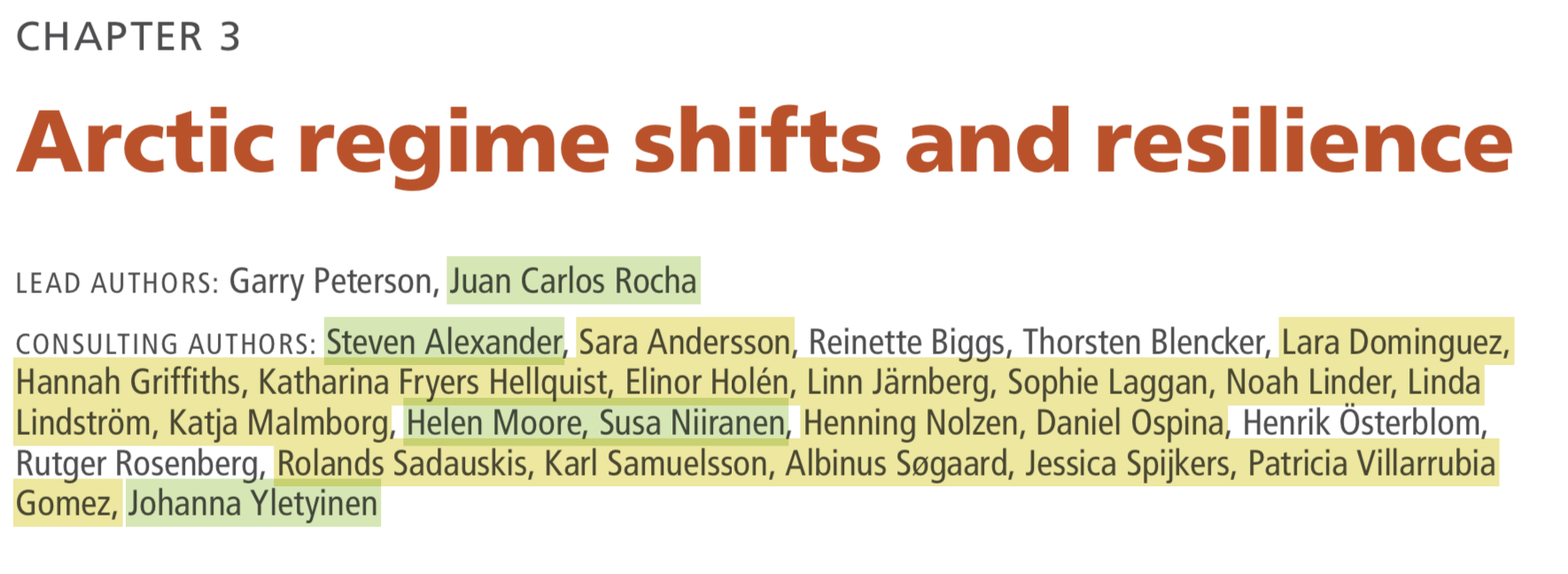
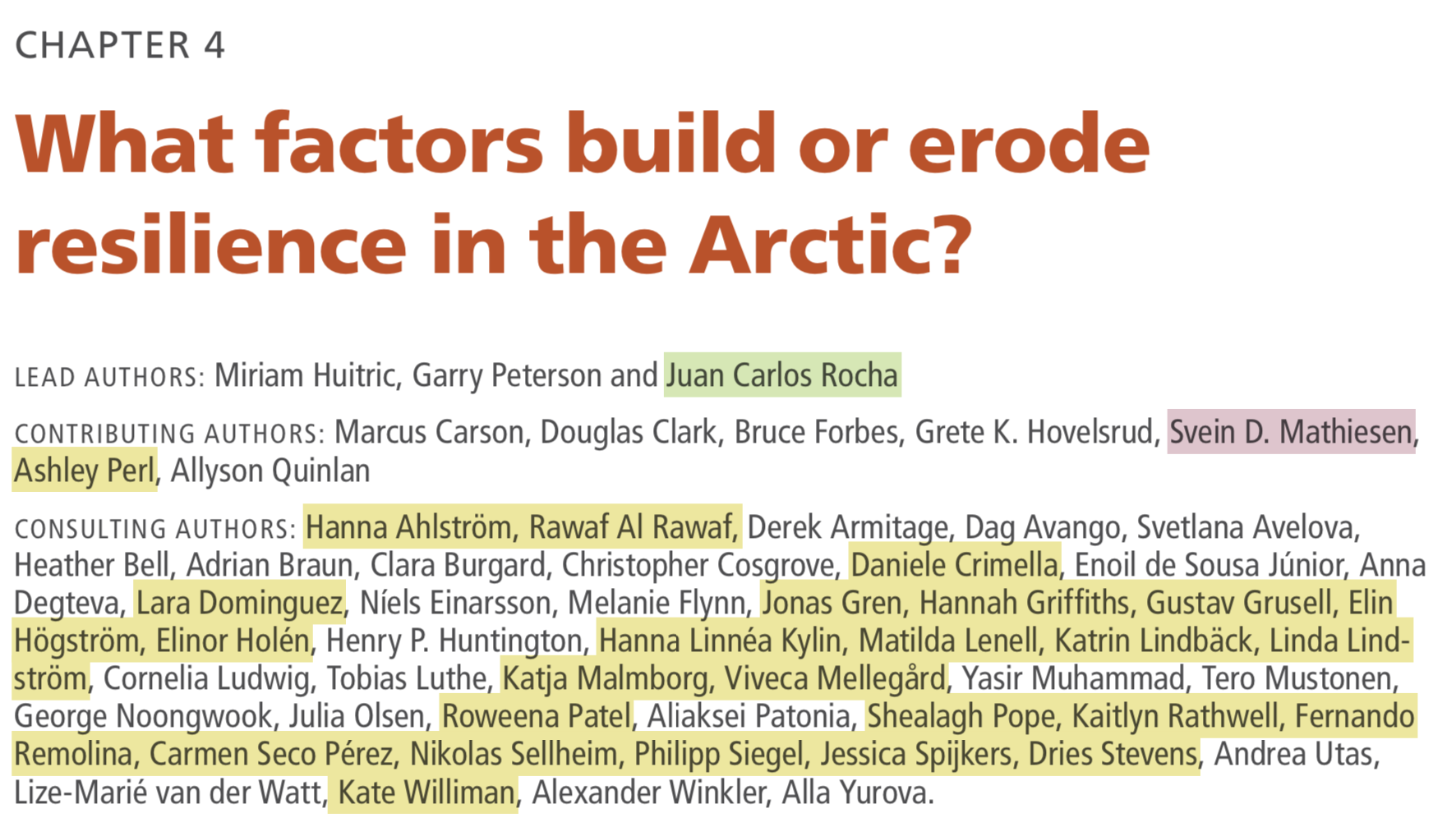
2020
- Cooper et al Regime shifts occur disproportionately faster in larger ecosystems Nature Communications, dio: 10.1038/s41467-020-15029-x (2020)
2023
- Li et al A Chinese database on ecological thresholds and alternative stable states: implications for related research around the world. Ecology and Society, doi: 10.5751/ES-14395-280316 (2023)
Key reports: CBD (2010), ARA (2016), IPBES (2022)
Future:
- Oonsie: Agricultural regime shifts (technological) oonsie@spl.sun.ac.za
- Garry: Infrastructural, seeds of good anthropocene garry.peterson@su.se
- Juan: Interactions, case studies, and ML detection juan.rocha@su.se
Caveats
- Based on literature review – biased by what has been studied
- More studies in aquatic systems
- Under reporting in developing/low population areas
- Impacts on ecosystem serives and human well-being often not reported
- Definitions change from field to field
- Under representation of social dynamics
- Science is slow and contested
- But there is demand for regime shift assessments (IPCC, IPBES, Arctic Council, CBD, European environmental agency, GTPR)
Regime Shifts dabatase 2.0

How would you make it better? What would have you done differently? What would you like to see next?
Discuss: RSDB 2.0
How would you make it better?
What would have you done differently?
What would you like to see in the next version?
05:00
Break
See you back in 10 mins
10:00
RSDB 2.0
Pros & Cons
RSDB 1.0
- Dynamic website
- What and How
- Centralized admin
- No version control
- Costly to maintain
RSDB 2.0
- Static website(*)
- When and Where
- Descentralized with moderation (Wiki style)
- Continuous development
- Cheap to maintain
Near future
Case studies
- Unclassified:
- Community shifts (terrestrial)
- Forest die-offs (~1000 added)
- Bush encroachment (~400 to add)
- Fire regimes
- Disease outbreaks
Regime shifts
- Traffic jams
- Pollination collapse
- Fire regimes
- Soil productivity
- Community and population shifts (terrestrial)
- Freshwater salinization
- River delta accretion to recession
- Glaciers accretion to recession
- Forest die-offs
- Dryland degradation
Your feedback is welcomed!
Check it out!
- Suggest cases
- Correct errors
- Add refs
- Updates
- What would you like to see?
- What would it make it more useful?
Get in touch: juan.rocha@su.se
Templates
- Generic regime shifts
- Case studies
Generic
Case study
Assignment
Goal: Improve the coverage by coding new case studies for the RSDB
- Form groups of 3-4 people and chose a regime shift
- Search for papers about your regime shift (Scopus, WoS, OpenAlex)
- Check that your papers have not already been coded
- Group work (due Friday 29th November):
- Annotate the CLD (individual hand in)
- Annotate a template (group hand in)
- Group work:
- Video presentation: How are your case studies reflected on the generic regime shift description? What is missing / context dependent? Use CLD to highlight differences (due Thursday 5th December).
- Watch two videos and provide feedback to others (due Friday 6th Dec).
Final assignment (individual)
Due 10th December 12.00
Option 1: Code at least 10 new case studies level 1 depth. Each case study is a paper with a regime shift occurrence in a specific place and time.
Option 2: Code at least 5 new case studies level 2 depth by adding detail descriptions. Here you should write text suitable for the website (no jargon) and emphasize what makes the case special (e.g. how is it different from the generic description).
Option 3: Code at least 3 new case studies level 3 depth by adding a regime shift analysis. This should include the review of multiple papers about the same case studies and the text should be different from what is already described on the generic case. Please emphasize what makes the case special.
Resources
Check that your case has not already been coded
Resources
Check and improve CLDs
Causal diagrams
“CLDs are a technique to map out the feedback structure of a system” – J. Sterman 2000
Causal links
“a positive link means that if the cause increases, the effect increases above what it would otherwise have been, and if the cause decreases, the effect decreases below what it would otherwise have been […] A negative link means that if the cause increases, the effect decreases below what it would otherwise have been”
Causal links do not describe the behavior of variables, but only the structure of the system. They describe what would happen if there were changes.
Polarity

Links polarity should be unambiguous. If you have problems assigning a clear polarity to a link, it often means that there is more than one causal pathway connecting two variables.
Feedbacks
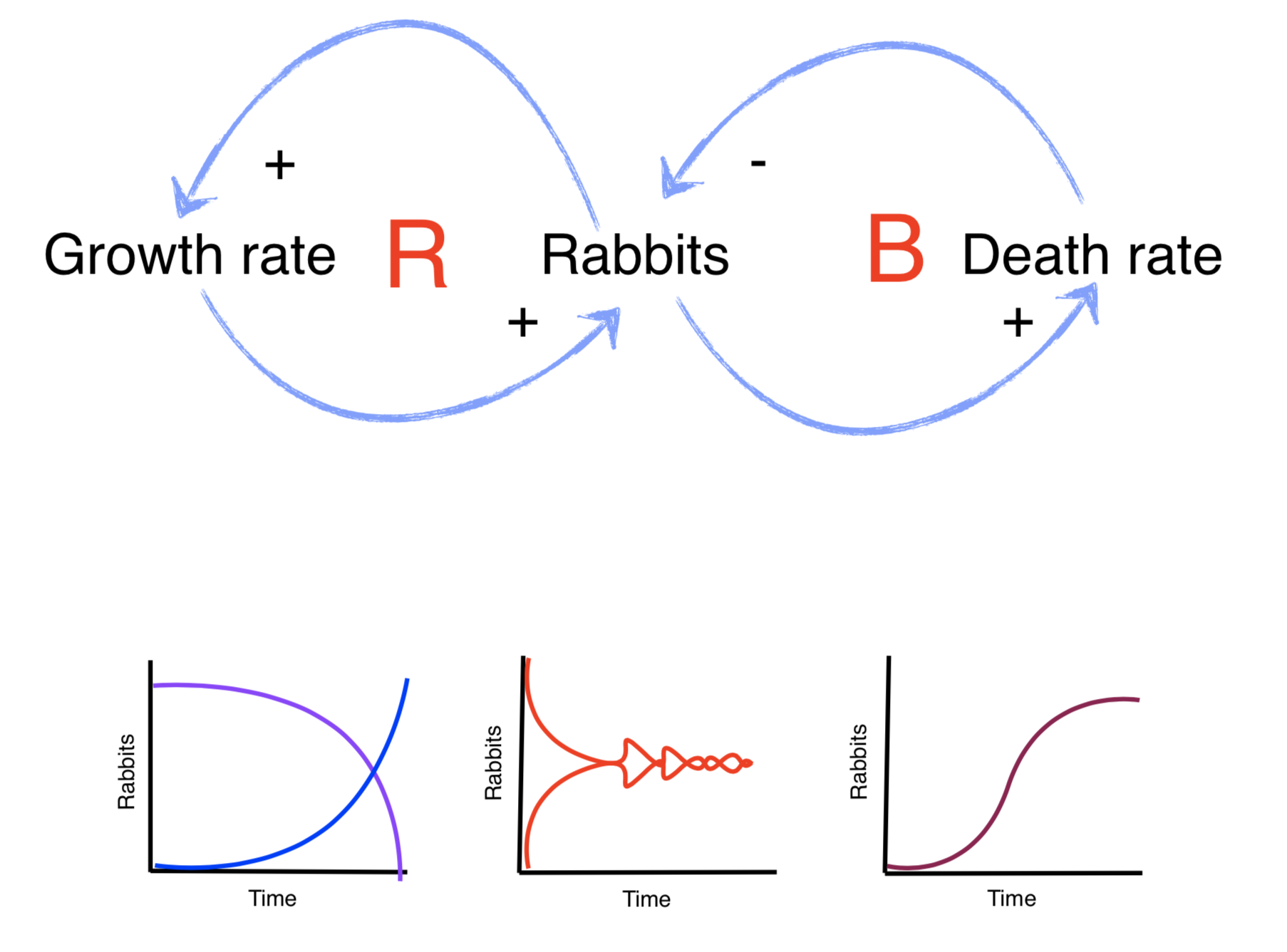
Feedback means that once a signal entered the loop, some part of the output is feed back to the input, resulting on either an amplification or damping of its own signal.
Variable names & delays
- Variable names should be nouns and must have a clear sense of direction, preferable positive (e.g. use happiness instead of unhappiness).
- The actions (verbs) should be captured by the causal links.
- Delays give system inertia and can create oscillations in the aggregated behavior.
Human behaviour and social dynamics
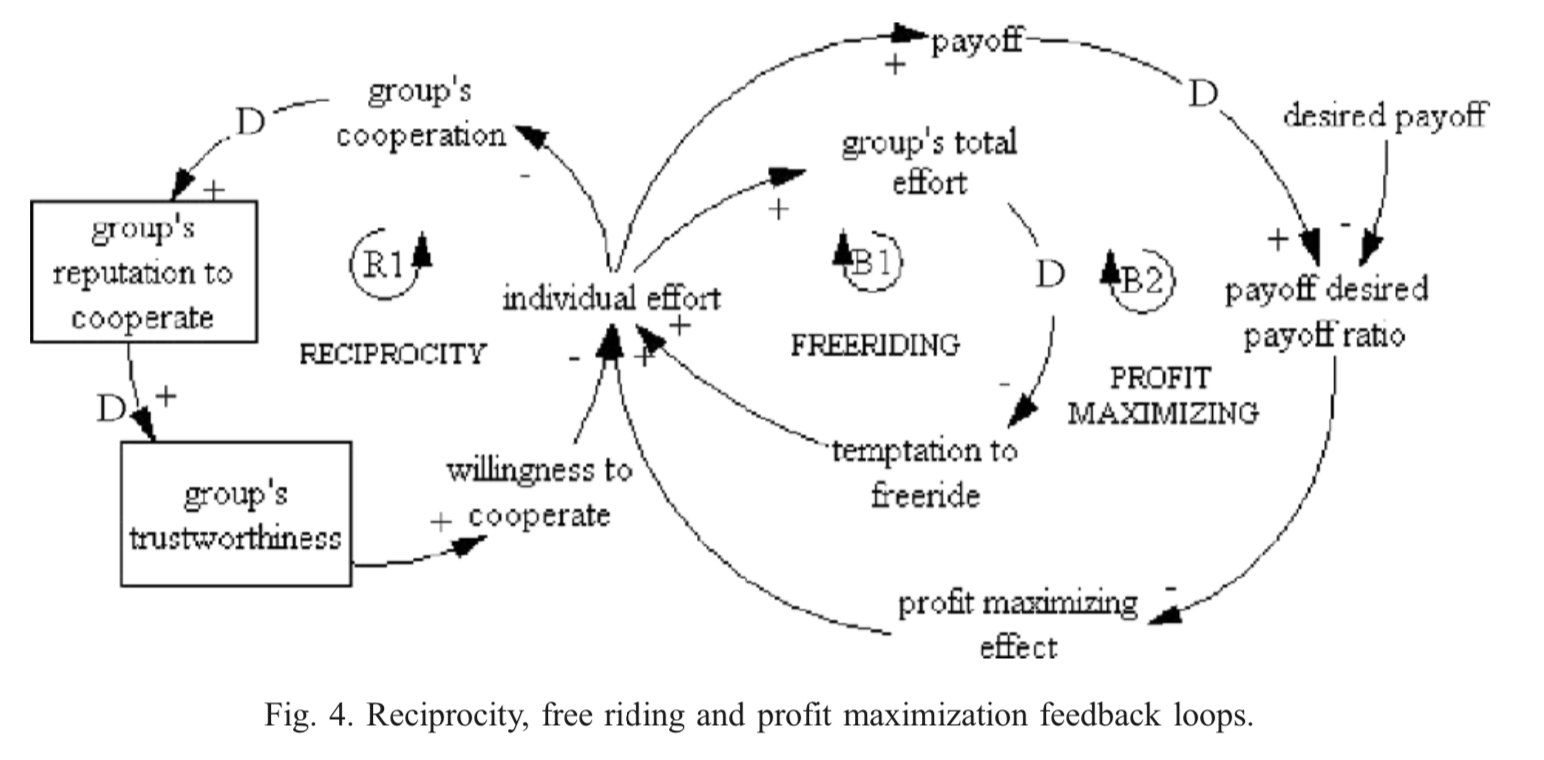
- Balancing feedbacks often represent goals, desired states.
- The difference between expectations and the actual state of the system.
- Goals are also prone to delay dynamics, in such case, to delay of information
Where to stop??
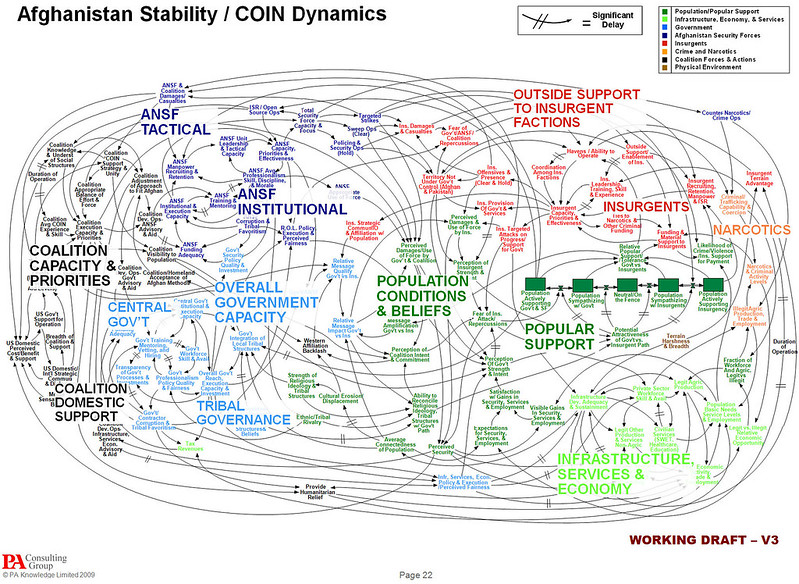
- Human working memory is 7 (+/- 2) variables
- Too much detail makes difficult to grasp the main dynamics, the main feedback loops interacting.
- Too little detail makes it hard for the non-expert to assess the plausibility and realism of the model.
Limitations

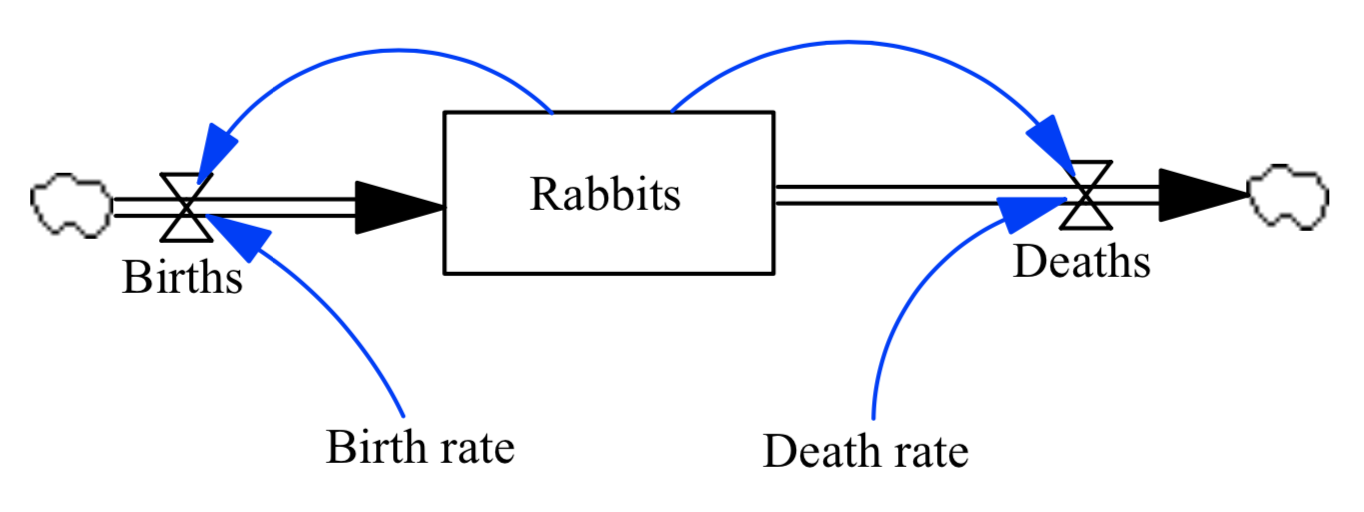
- CLD obscure the accumulation process of the system, its stock and flow structure
- If you reduce the income flow, it does not reduce the level of beer in the glass.
- Hidden loops and net rates are a general problem to all model forms including CLD, stock-flow charts, or plain equations.
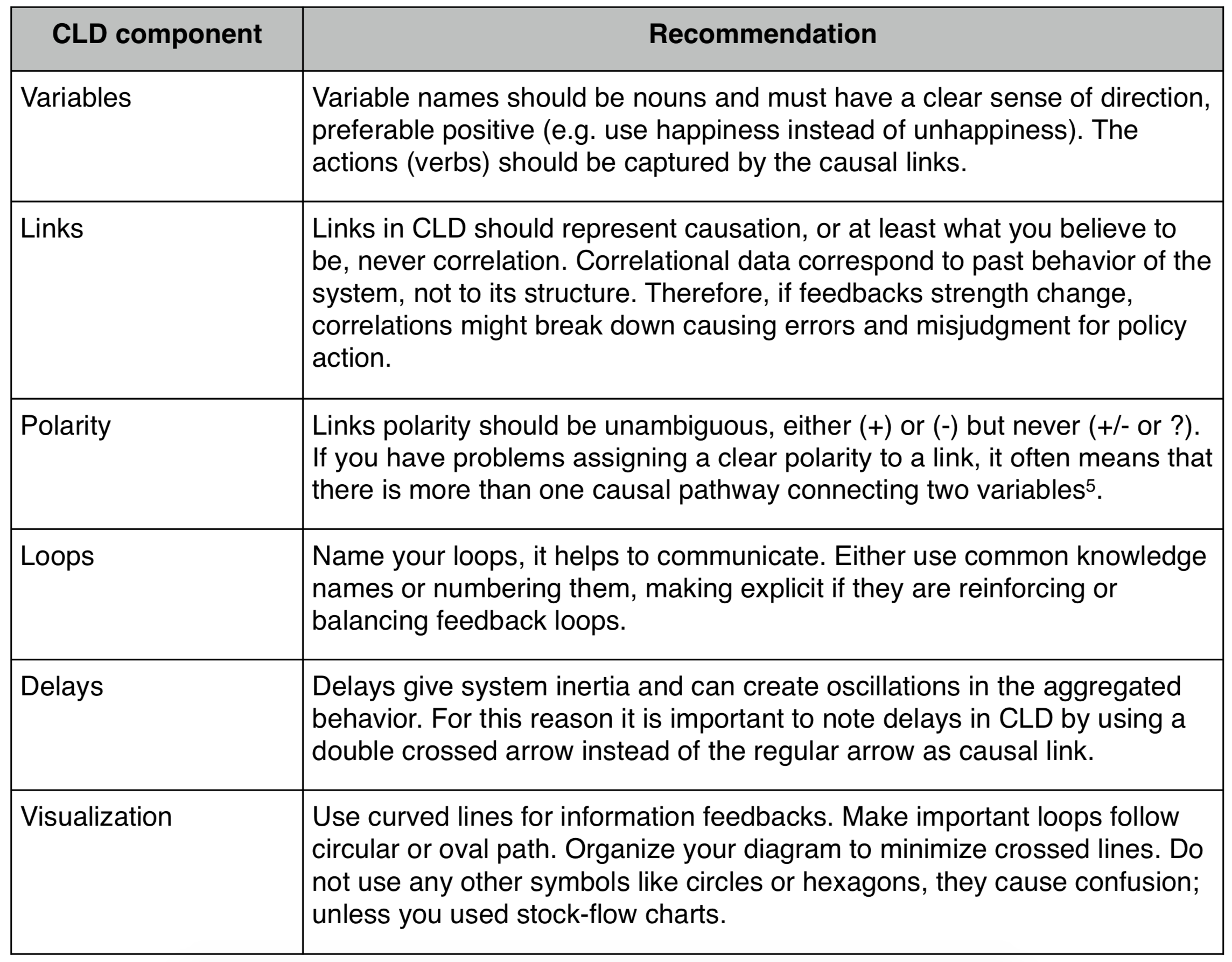
Summary
- Regime shift database
- What is done, uses
- Future directions
- Assignment
- Individual and group work
- 3 options
- Opportunity to contribute beyond class
- Don’t underestimate your master’s thesis
Gracias | Tack Questions?
email: juan.rocha@su.se


